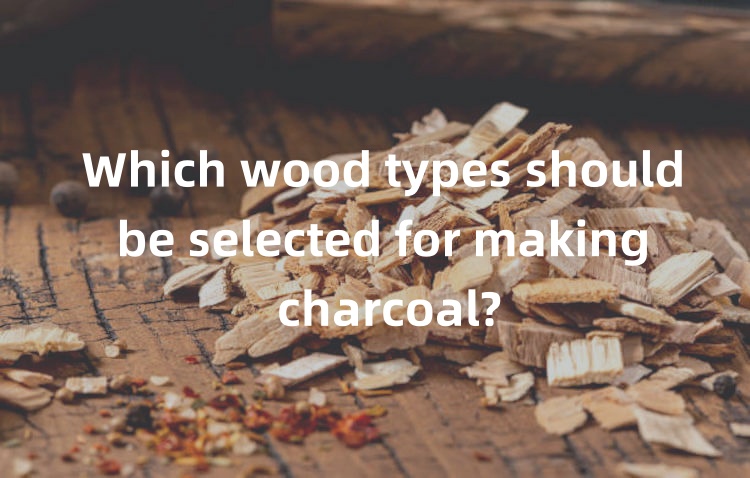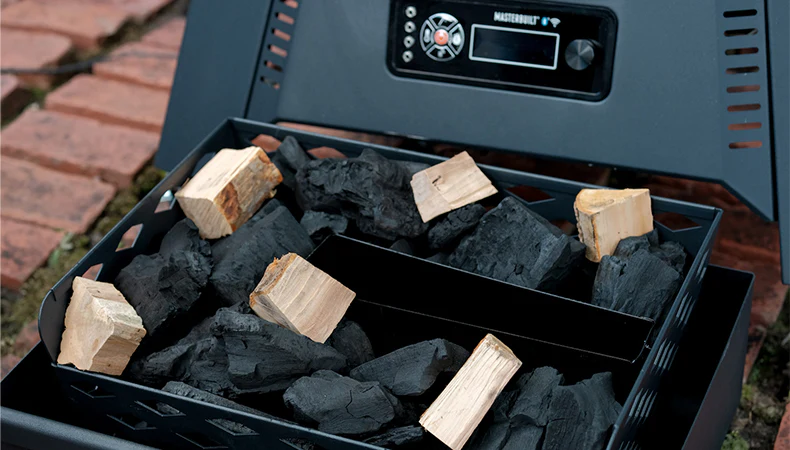In theory, almost all types of wood can be processed into charcoal using a continuous carbonization furnace. However, different application scenarios usually have different special requirements for combustion performance, so choosing the right wood is crucial.

Hardwood: Ideal for charcoal production
Hardwoods are mostly taken from deciduous fine-leaved forests, including oak, mahogany and birch, red oak, hard maple, alder, beech, boxwood, etc. They are usually more expensive, but the quality is relatively better than softwood.
Features:
High density and high carbon content: Hardwoods usually have a higher density and carbon content, which allows them to produce more carbon elements during the carbonization process, thereby improving the combustion efficiency and heat output of charcoal.
Long burning time: Due to the tight texture and high carbon content of hardwoods, they often have a longer burning time and more lasting fire when burning.
Long duration: When hardwood charcoal is burning, when the burning temperature is the same, the strength of the charcoal increases with the increase of burning time.
Example:
Oak: Tight texture and dark color, with a high carbon content. It can generate high temperature and long-lasting fire when burning, which is an ideal choice for making charcoal.
Elm: Hard texture, clear texture, easy to split. Stable burning performance, suitable for a variety of uses.
Walnut: Hard texture, fine texture and dark color. It can generate high temperature and stable fire when burning. In addition, it has a slightly fruity flavor, which is very suitable for grilling and smoking food.

Cork: An economical choice for producing charcoal
Cork has good elasticity, sealing, heat insulation, sound insulation and other characteristics, and is renewable. When making charcoal, it takes relatively less time and is more economical.
Features:
Lower density and carbon content: Compared with hardwood, cork usually has lower density and carbon content, which will result in less heat and burning time than hardwood.
Easy to ignite but short burning time: Softwood is usually easier to ignite than hardwood due to its lower density and hardness.
Higher resin content: Softwood contains more resin, which produces more smoke and sometimes unpleasant odor when burning.
Economical and efficient: Despite producing more smoke, softwood is usually cheaper than hardwood, making it an affordable choice for wood pyrolysis.
Examples:
Pine: It has a short growth cycle and large output, making it one of the common softwoods. Although it has a relatively low carbon content, it is still an ideal choice for making charcoal because it is cheap, easy to burn, and easy to carry.
Fir: It grows quickly, is light and soft, and is easy to process. It generates less heat when burning, but burns quickly.
LANE’s continuous carbonization furnace has an absolute advantage in charcoal making. We can customize a dedicated carbonization production line solution for you according to your use and raw materials.
For more details, please feel free to contact us.
Henan Lane Heavy Industry Machinery Technology Co., Ltd.
https://organicfertilizerline.com/index.html/
Email: sales2@lanesvc.com
Tel: +86 15515885328
WhatsApp: +86 15515885328